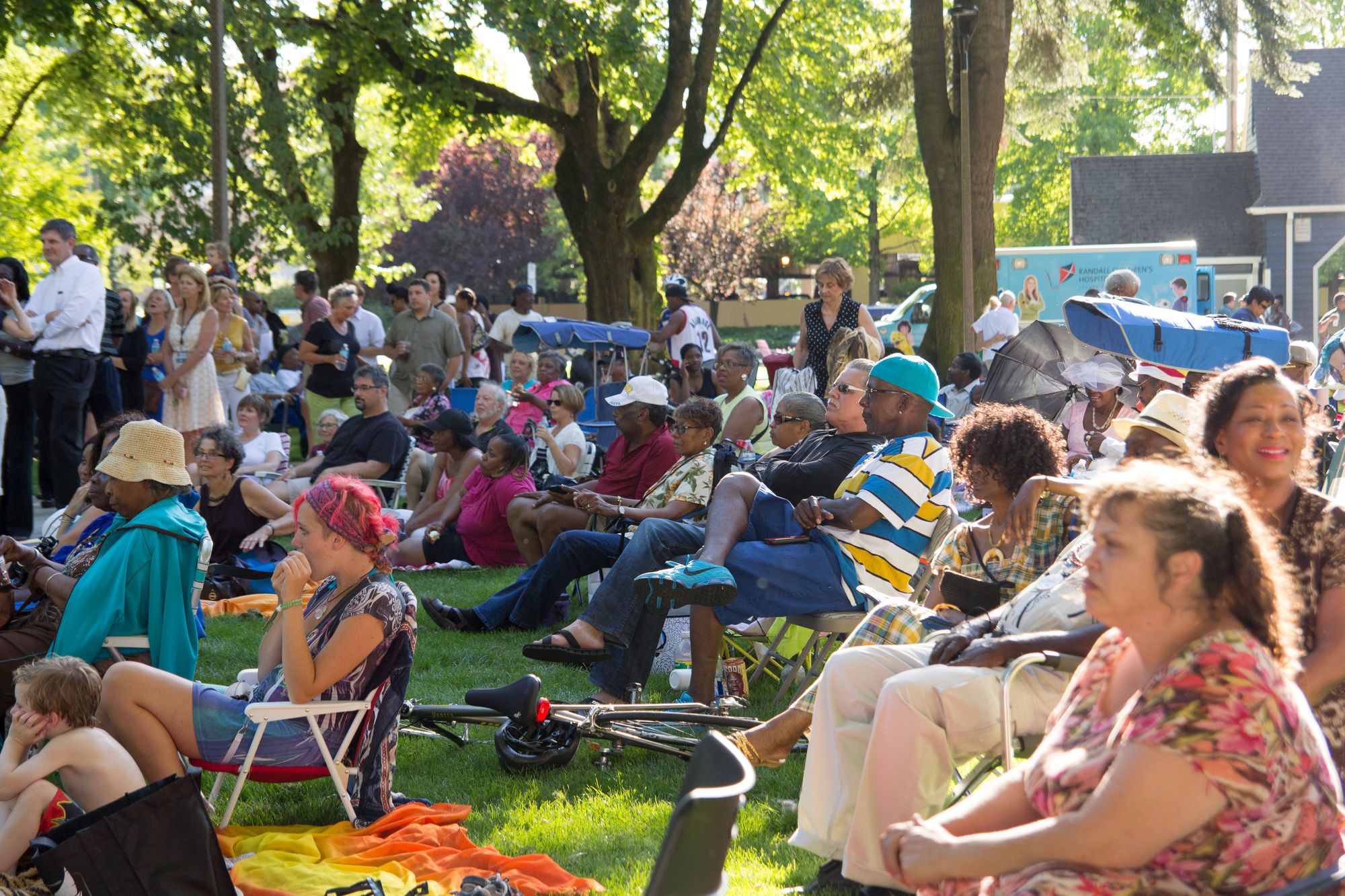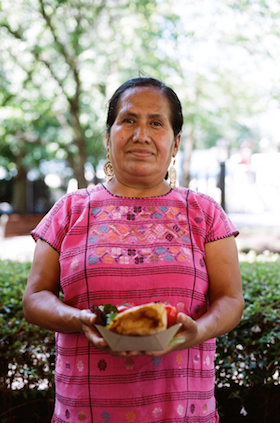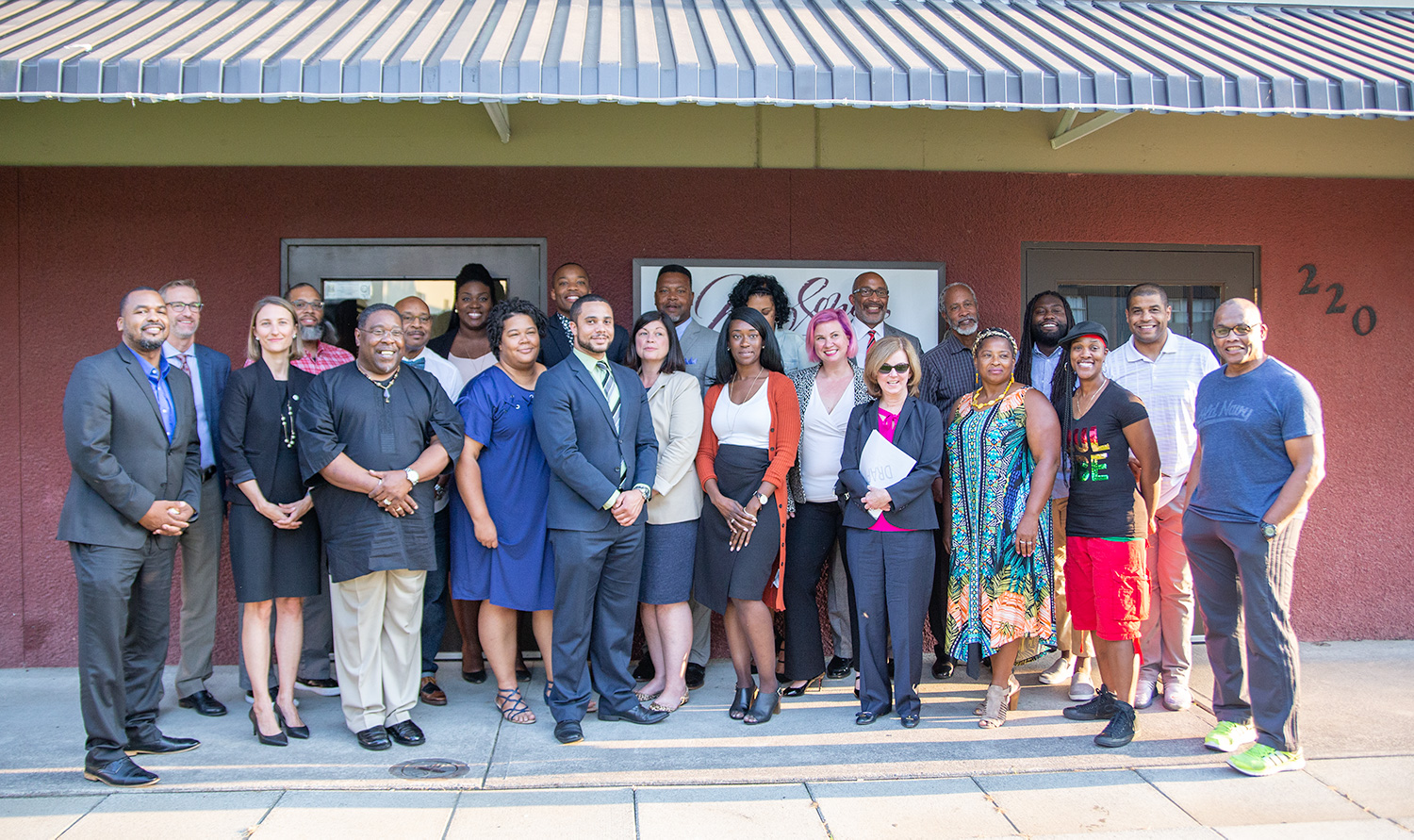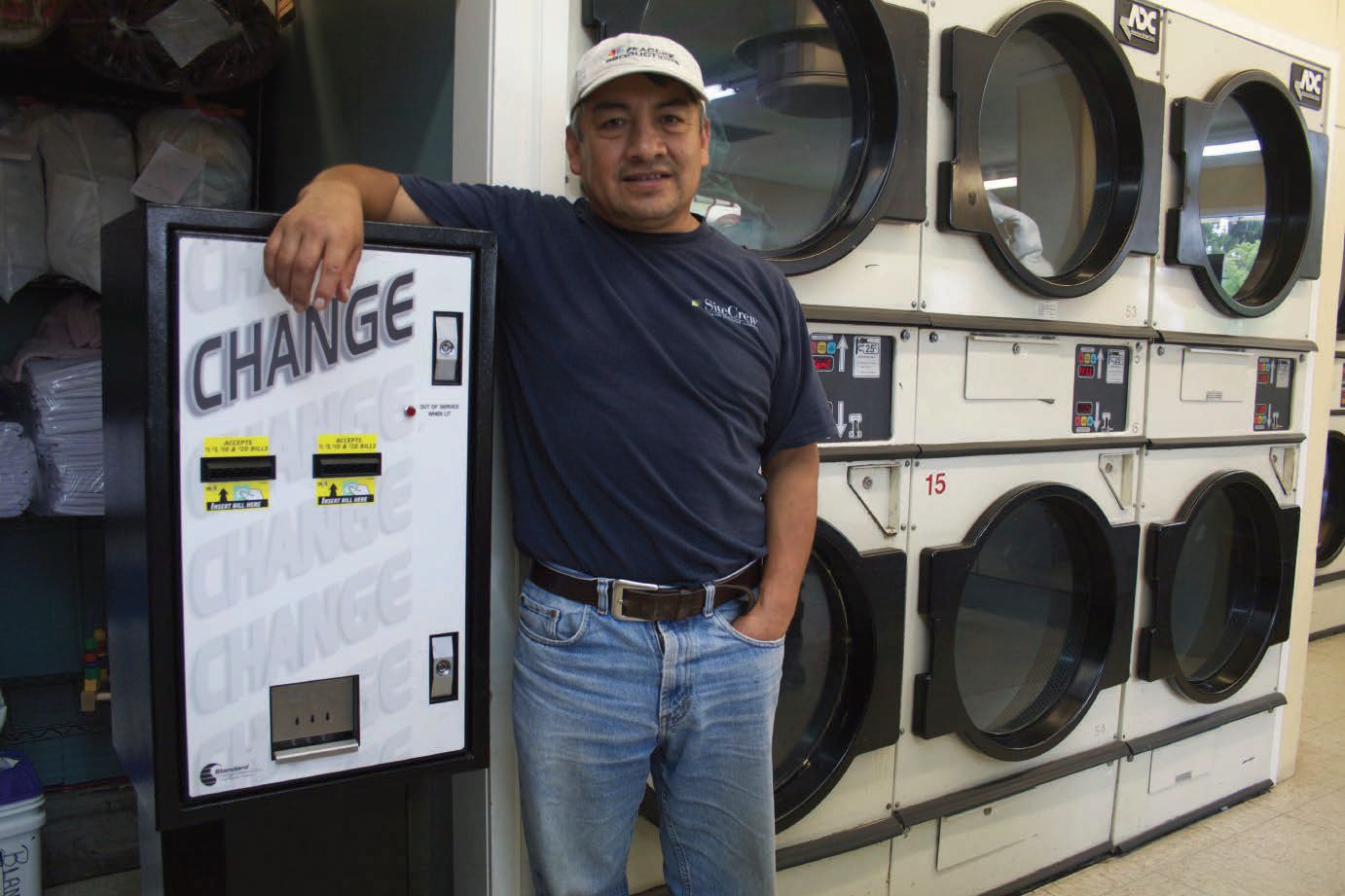Capacity-building to support business growth, job creation and social equity plays a critical role in Interstate, with its diverse collection of historic residential communities, commercial corridors and industrial districts, and its status as the city’s largest urban renewal area.
Contact: Amy Nagy, email or 503-823-3351
Interstate Corridor URA Boundaries Map
View large Interstate Corridor URA Boundaries MapUrban Renewal Area (URA) Fast Facts
- Created: August 2000
- Total Acres: 3,990
- Last date to issue long-term debt: June 2021
- Neighborhoods: Portions of Arbor Lodge, Boise, Bridgeton, Eliot, Humboldt, Kenton, King, Overlook, Piedmont, Portsmouth, Concordia, East Columbia, Friends of Cathedral Park, St. Johns, University Park, Woodlawn, Vernon.
At 3,990 acres, the Interstate Corridor Urban Renewal Area (ICURA) is Portland’s largest urban renewal area. It includes a diverse collection of historic communities in north and northeast Portland, composed of older residential neighborhoods interconnected by commercial corridors, with large- scale industrial centers.
In August 2000, the Portland City Council approved the Interstate Corridor Urban Renewal Area Plan (2000). In July 2011, City Council approved the Amended and Restated ICURA Plan, expanding the boundaries of the URA along Martin Luther King, Jr. Blvd., Alberta, Killingsworth, Lombard and the St. Johns Town Center.
Objectives
The URA was formed to accomplish multiple goals:
- Spur mixed-use development along the light rail corridor and station areas while distributing public investment fairly and evenly among other areas within the district.
- Create new employment and housing opportunities for a range of incomes as well as for existing residents.
- Develop new housing that supports transit, is compatible with the existing neighborhood, strikes a balance between homeownership and rental, and minimizes displacement of existing residents.
- Create wealth through expansion of existing businesses, fostering a healthy business environment, and generating family wage jobs.
- Improve transportation corridors to encourage the use of alternative modes of travel, maintain and improve access, create a pedestrian-friendly environment, and mitigate traffic impacts associated with new growth.
- Promote community livability through strategic improvements to parks, open space, trails, historic and cultural resources, and community facilities.
N/NE Community Development Initiative
The Interstate Corridor Urban Renewal Area will have $32 million in tax increment funds (TIF) for economic and redevelopment purposes between 2016 and 2021, when the urban renewal area expires. The North/Northeast Community Development Initiative began in January 2016 with the goal of determining how to spend the remaining uncommitted TIF resources. Prosper Portland convened a Project Advisory Committee composed of members of the Neighborhood Economic Development Leadership Group and other community representatives to guide the development of an action plan for the remaining funds.
In January 2017, the Portland City Council adopted the North/Northeast Community Development Initiative Action Plan. This plan reflects the input of the Project Advisory Committee as well as the feedback from:
- Thirty-five stakeholders who participated in group or one-on-one interviews
- Community members who attended Project Advisory Committee meetings
- The North/Northeast Neighborhood Housing Strategy Oversight Committee
- More than 200 community members who participated in community forums held on October 8 and October 20, 2016.
The goal of the N/NE Portland Community Development Initiative Action Plan is to use the remaining TIF resources to foster economic prosperity among communities and individuals who have not fully participated in or benefited from economic opportunities in the Interstate Corridor URA.
Prosper Portland recognizes that the African American community and other communities of color have experienced significantly restricted access to employment and wealth creation opportunities within the Interstate Corridor URA – even while other communities and businesses have seen significant gains. This disparity has hindered economic opportunities and reduced community capacity to support cultural and community assets.
The Plan and the remaining investments are therefore specifically designed to ensure that the remaining Interstate Corridor economic development resources are directed toward long-term and former members of the community who have not benefited from the impact of public and private investments to date.
DOCUMENTS
- 3744660
- 3799997
- 7264739
- 1713091
- 591654
- 8899902
- 6947109
- 565185
- 67380
- 1567307
- 145949
- 89192
- 381246
- 736288
- 1940474
- 67868
- 427533
- 473993
- 297175
- 431897
- 13697153
- 2065963
- 2108970
- 9030354



